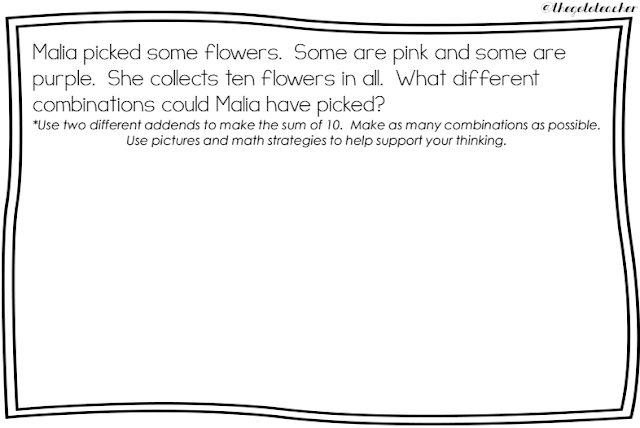And that's how the Wonder Table began...but the name came a few days later.
It was also serendipity that I am in a book study reading A Place for Wonder: Reading and Writing Nonfiction in the Primary Grades by Georgia Heard and Jennifer McDonough. As I was reading, I came across their idea for a Discovery Table and I knew we would keep it. (If you are a primary teacher, this is a good read!)
It's really simple. Pick a spot, put a couple tools out (forceps, magnifying glass, measuring tape, etc.), and then tell the kids to bring treasures in. BOOM! that's it.
Here is what our table looked like this morning. We have our tools to the left, a Betta fish, snake skins, dragonfly, exoskeleton of a crab, shells, leaves, buckeyes, reptile skin, sea glass, soil samples, and slides for a microscope. Above is our bread experiment to see if washing hands matters.
Tools
Bubbles!
Close-up of snake skins, exoskeleton, leaves, and shells. One child even found a paperclip that they had never seen before...so magical.
Leaves, soil samples, buckeyes, acorns, reptile skin, and slides
Simple, right?!
I bought each child a small notebook. Our wonder notebooks were born! I found them at Target in the party aisle.
Some of the wonderings are based off the Wonder Table. Others like this one are based off interest.
This question was based off the table. She found out about the diets of snakes, reptiles and dragonflies and was still feeling curious.
The benefits of the Wonder Table are:
*Easy way to bring in science topics
*Creates eagerness
*Teaches students to appreciate the small things in life
*Gets students to independently ask and answer questions on their own
*Creates a scientist mentality in all students
*Lets students share without having Show and Tell
To keep the table fresh I am going to add books that relate to topics and put out different items for each unit. Some ideas are paintings, poetry, globe, flashlights, magazines, nature items, etc.
So that's it. A huge impact in our classroom happened by chance but that's how these things go.

































